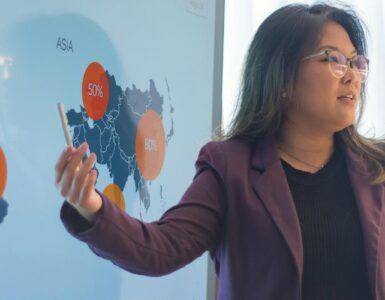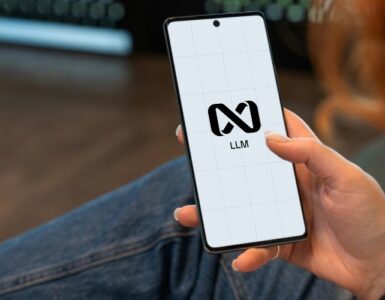Traditional degrees are no longer the only ticket to proving your knowledge. In today’s fast-moving world, learners are picking up skills from bootcamps, MOOCs, and workshops—and they need a way to show that. Enter blockchain: a secure, transparent way to store and share proof of learning that goes beyond diplomas.
Why Blockchain? Trust and Tamper-Proof Records
Blockchain technology brings what the credentialing world was missing—authenticity and trust at scale. By using decentralized ledgers, digital credentials like badges or certificates can be instantly verified by employers, educators, and institutions, making resume fraud a thing of the past.
Microcredentials: Bite-Sized but Big Impact
Instead of waiting four years to show you’ve learned something, microcredentials let you prove mastery in real time—whether it’s data analysis, UX design, or cloud architecture. These skills-based badges can stack into larger qualifications or stand alone, giving learners more control over their educational journeys.
Borderless, Portable, and Global
One of blockchain’s biggest wins? Portability. No more chasing down old transcripts or converting qualifications between countries. A digital credential issued in Bangalore can be verified in Berlin—instantly. This makes upskilling more inclusive, global, and fluid than ever before.
EdTech Platforms Are All In
Platforms like Coursera, edX, and even universities are integrating blockchain-backed certificates into their offerings. For learners, this means more than just a certificate—it’s a career passport. For employers, it offers a real-time window into a candidate’s verified skill set.
What’s Next: From Résumés to Reputational Wallets
We’re heading toward a future where learners may carry a “wallet” of digital credentials, issued by trusted platforms, universities, or even companies. This wallet becomes a live, growing record of everything you’ve learned, taught, or achieved. In short: your learning legacy, on the blockchain.








